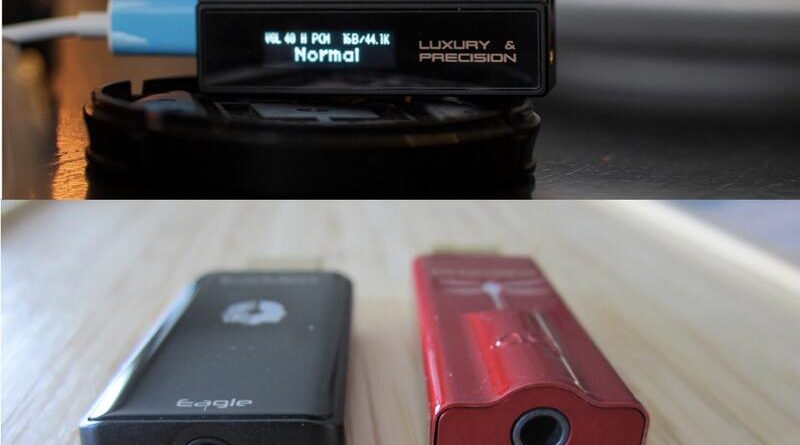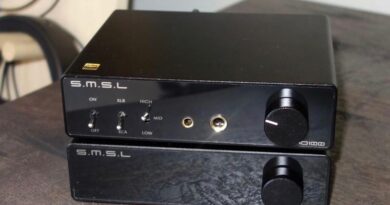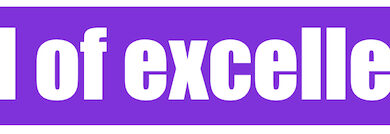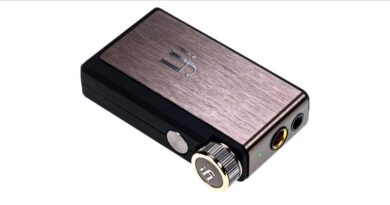The #1Dongle Dilemma – Power Vs. Compatiblity
In this Article
Executive Summary
Not all (premium) dongles are equal – and not all are equally useful for the consumer. A real dilemma. This note discusses the applicability of the different kinds for everybody’s unique needs.
Introduction
There have been hot discussions of dongles (battery-less, source-driven DAC/amps) lately. Two principal endmembers exist, the AudioQuest DragonFly type that minimizes current draw, and the Luxury & Precision W2 type, that draws multiple times the DragonFly’s current, but maximizes power output.
All dongles have their small form factor in common, which is aiming for portable use. Computer applications are not considered in this article (there are additional choices), neither are sound qualities of the individual models, and we focus on the more upscale models.
Technical Aspects
I had already discussed the limitations of low-current-draw dongles in detail in this article.
Co-blogger Alberto Pittaluga writes: price aside, it technically boils down to…little power/current draw = limited output power & quality.
So pick your poison:
a) If low power/battery preservation is your top priority (i.e.: don’t want to buy a different phone, want minuscule size, etc. —> you have to accept sound and/or pairing compromises)
b) If output power/quality is your top priority (“need” to drive cans, low sensitivity IEMs, planars, etc.) you need phones with bigger batteries.
Both together is *not* (technically) possible, whatever marketing says. And – let’s face it, any device that is limited by its small form factor and without a battery can only be a compromise.
Little current draw/power = limited output power/quality but longer battery life
Which User Type are You?
The participants in the discussion come from three principal groups and therefore from different angles: Android users, iPhone users, and DAP users. All phone users use dongles to improve their device’s sound quality and/or to run iems/headphones not driven by the integrated audio circuits or the basic stock dongles.
iPhone Users
These have the least choice as iPhones throttle current consumption to 100 mA. They are limited to low-current dongles of the DragonFly type. They are also restricted in their pairings but get lots of use between charges.
Android Users
These phones have typically no current-draw limitations and host large batteries as big as 5000 mAh. They can therefore operate the W2-type dongles, too. And whereas these W2-types are the most powerful dongles, they still do not drive power-hungry headphones perfectly well, according to Headphonesty. The price to pay is much higher battery consumption.
DAP Users (downgrading to phone)
Whereas dongles are upgrades for all phone users, they are damage limitation for the sonically indulged DAP crowd. Some people sold their DAPs to go with the powerful W2-type dongle which comes sonically closest to their DAP.
Concluding Remarks
Since no dongle does everything we want, it comes down to need of what it should do for us, depending on our perspective. And all the points of the different user groups are valid. But what works for the goose may not work for the gander in this case, for technical reasons.
The consumer has choices: some want small and powerful, some small and low current, others don’t mind strapping an internally powered monster to their phone, and the rest wants DAPs. Before buying, we may want to define our requirements in order to get full enjoyment out of our new device.
Until next time…keep on listening!

Disclaimer
This article is a summary of discussions with co-bloggers Kazi Muhbab Mutakabbir, Alberto Pittaluga, and members of our marvellous Facebook Group https://www.facebook.com/groups/audioreviews.
Our generic standard disclaimer.
You find an INDEX of our most relevant technical articles HERE.










